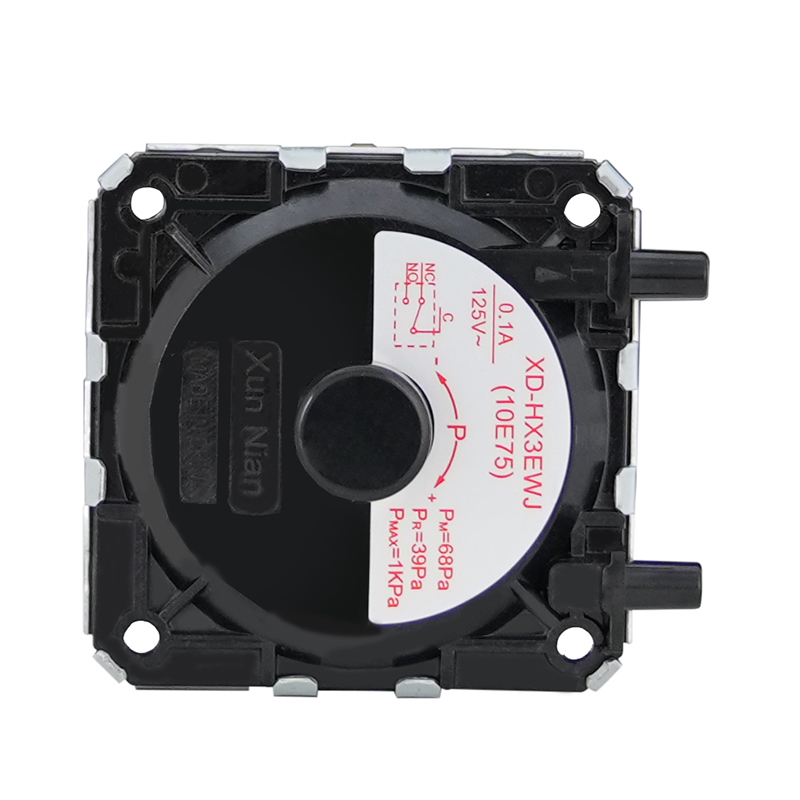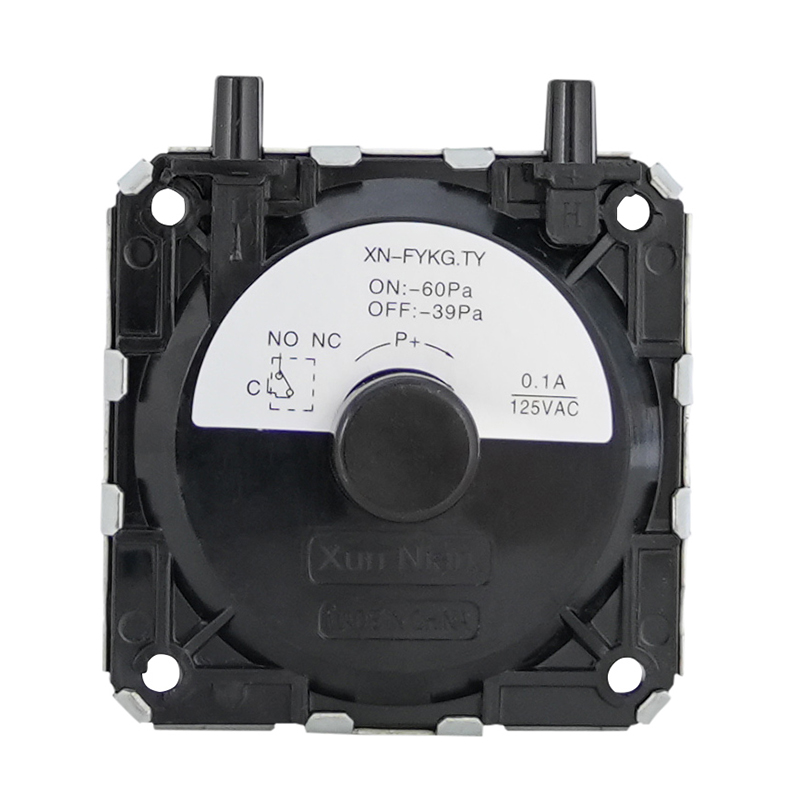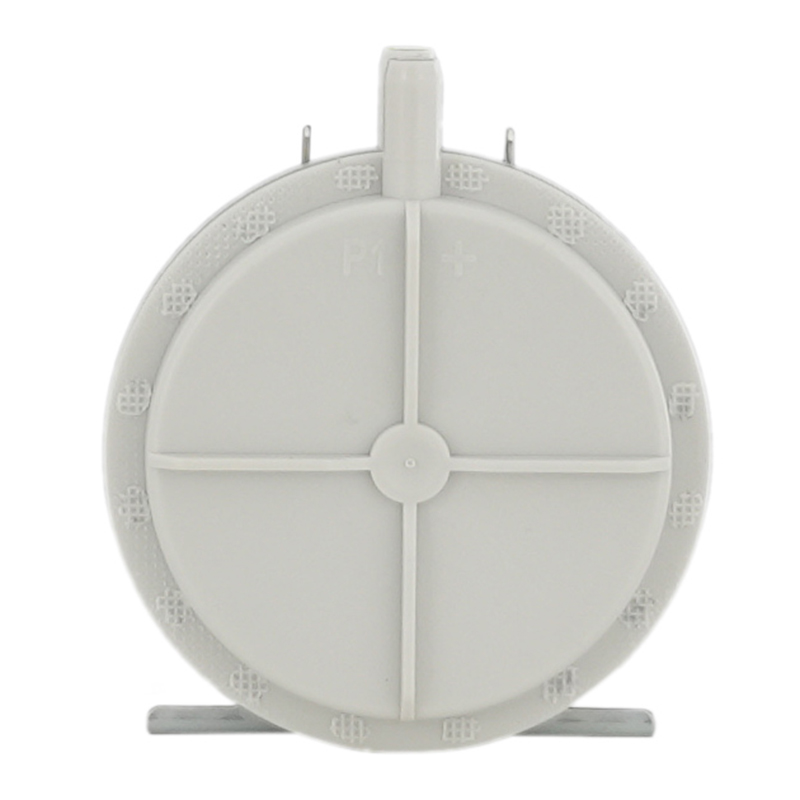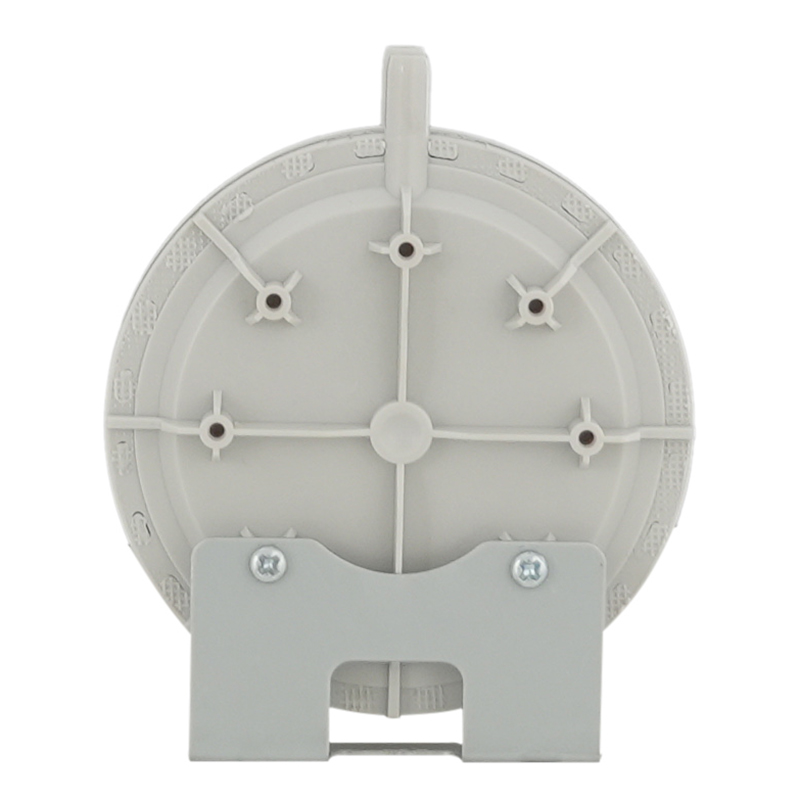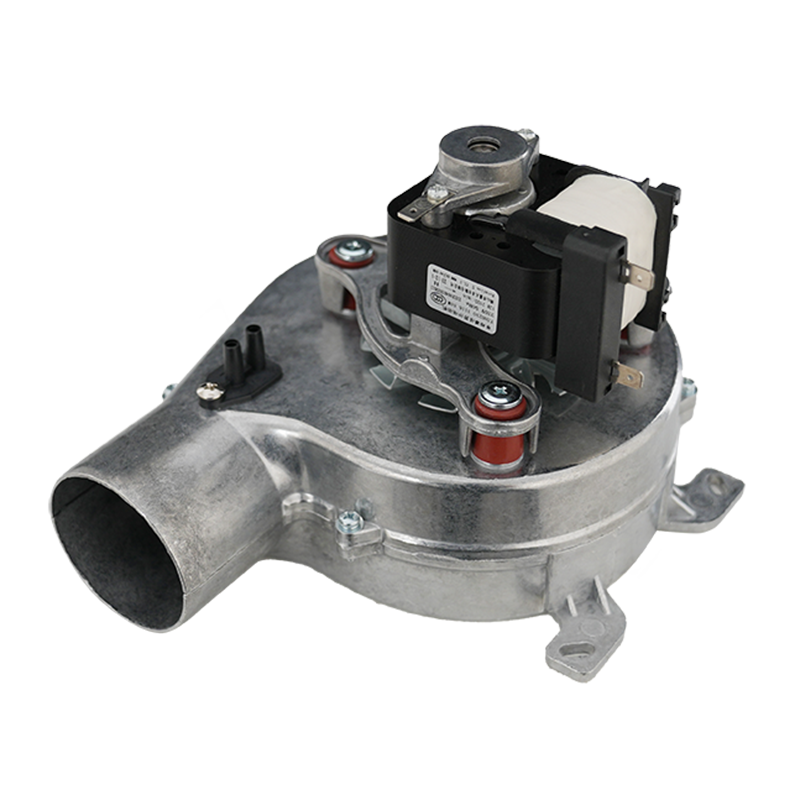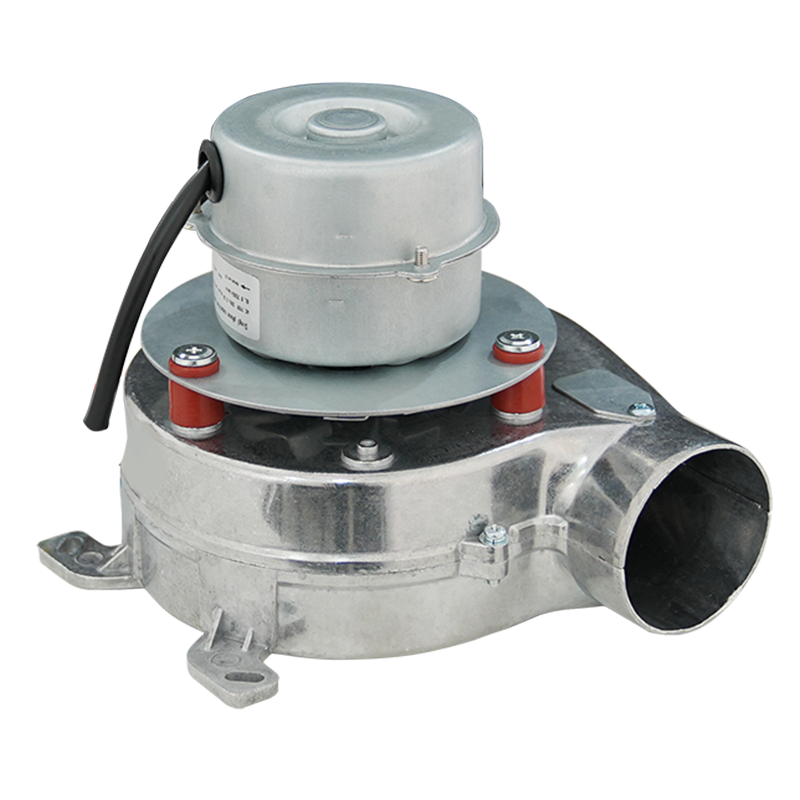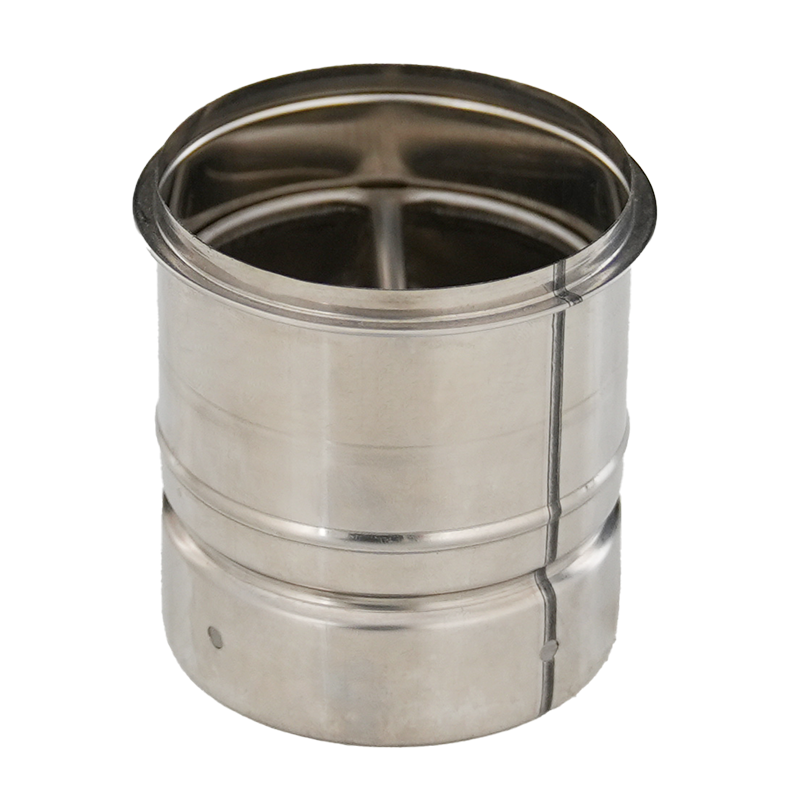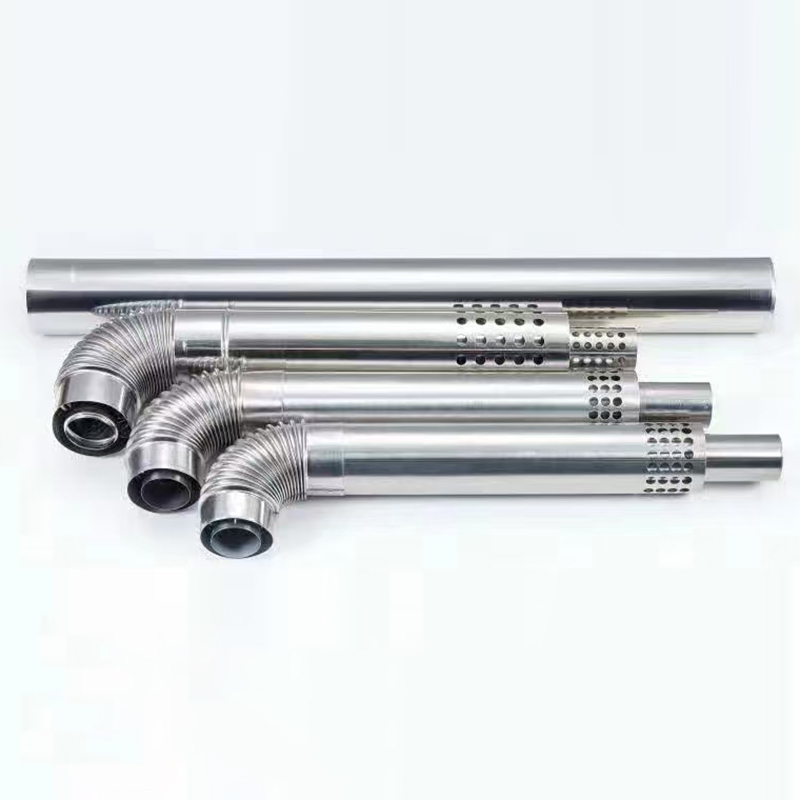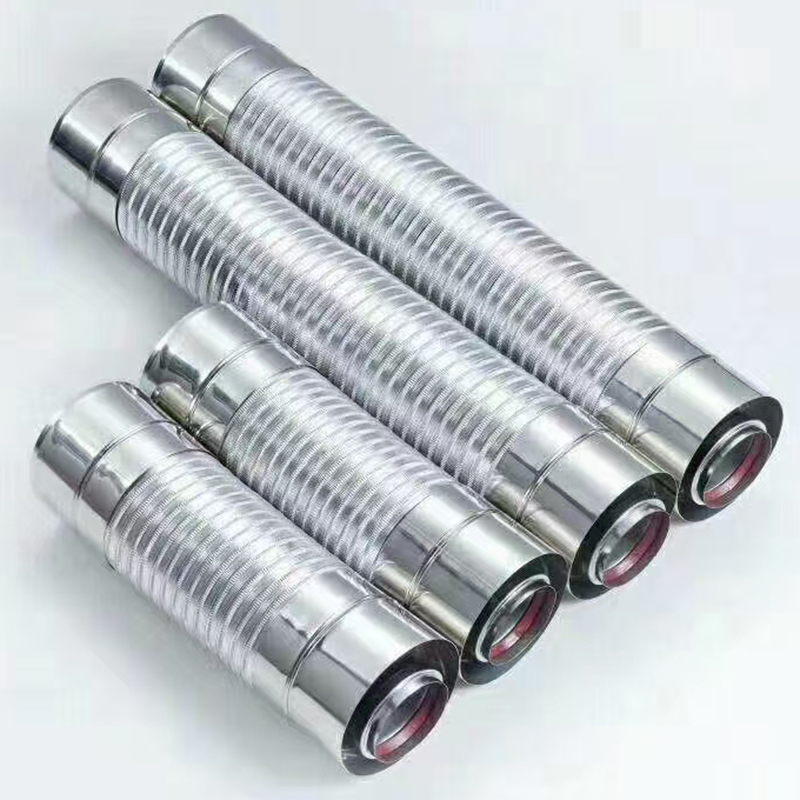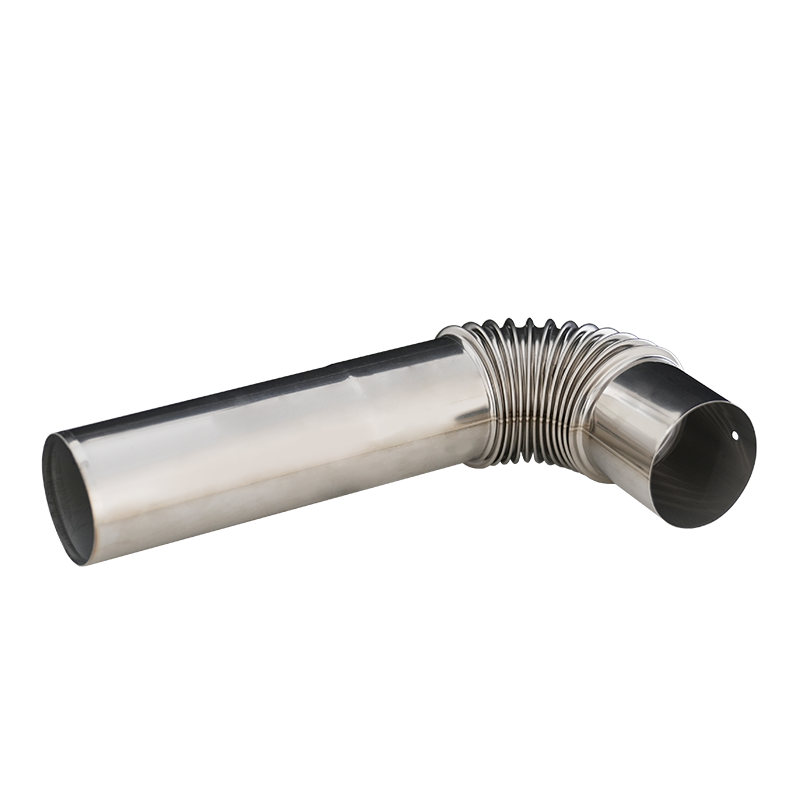A tragedy in an upscale residential community in Shenzhen in 2023 brought the hidden risk of "toxic gas backflow in high-rise residences" into public view. On the day of the incident, in a 32-story residential building in Nanshan, Shenzhen, a family of four took turns bathing after dinner. At 23:05, the hostess suddenly felt dizzy and fell. When her husband rushed to the elevator with their child in his arms, his legs were already weak. Emergency personnel broke into the house and detected that the indoor carbon monoxide concentration was 380 ppm, seven times higher than the safety limit. The subsequent fire department report stated calmly yet brutally:
"The wind cap of the water heater's flue on the roof was blown off by the typhoon. With a northwest wind of force 9, all the flue gas was drawn back into the household due to negative pressure."
This was a preventable tragedy—this model of water heater should have automatically shut down when the wind pressure reached an abnormal 52 Pa. However, due to a faulty pressure switch, it continued to burn, depleting indoor oxygen and releasing large amounts of CO.
I. The "Invisible Killer" in High-Rise Residences: Airflow Traps Caused by the Bernoulli Effect
1. Wind Speed and Floor Levels:
For every 10 meters increase in height above the ground, the average wind speed increases by 1.5 m/s. On the 18th floor (approximately 54 meters) during a force 9 wind (20 m/s), the instantaneous wind pressure on the roof can reach 250 Pa.
2. Principle of Flue Negative Pressure:
- The flue acts like a vertical "chimney"; when crosswinds hit the top opening, the Bernoulli effect creates negative pressure.
- The negative pressure zone sucks the flue gas downward like a straw.
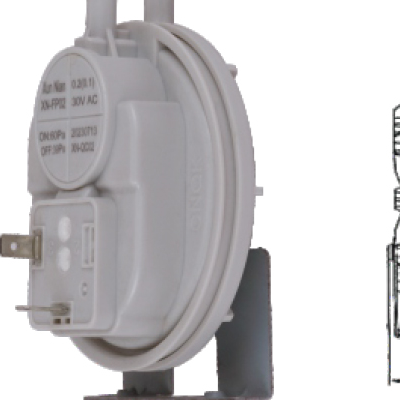
3. Measured Data:
Wind tunnel experiments by the China Academy of Building Research show that under a crosswind of 20 m/s, the negative pressure at the top of a φ60 mm flue can reach 180 Pa, while the exhaust backpressure of ordinary gas water heaters is only 40 Pa—leaving flue gas with no way out but to backflow into the kitchen.
II. The "Life-Saving Threshold" of Pressure Switches: The 60Pa Safety Red Line
In the protection system against gas backflow, the pressure switch is the final "intelligent defense line." This seemingly ordinary device is essentially a wind pressure monitoring and emergency shutoff system. Its core function is to real-time sense pressure changes in the flue and immediately cut off the gas supply when dangerous negative pressure is detected, preventing further emission of toxic gases.
Mainstream brands of gas water heater pressure switches currently use 60Pa as the trigger threshold. This value is not arbitrarily set: according to GB/T 20665-2015 *Household Gas Instantaneous Water Heaters*, when the negative pressure in the flue reaches 60Pa, it indicates that the outdoor wind speed is close to force 7 (13.9-17.1 m/s), at which point the natural exhaust system fails and the risk of gas backflow increases sharply. The diaphragm inside the pressure switch deforms under 60Pa negative pressure, pushing the mechanical contacts to disconnect, cutting off power to the gas valve, and stopping the water heater within 0.5 seconds.
It is worth noting that pressure switch sensitivity needs to be set differently for different floors. A brand's technical manual indicates that residences on floors 10-20 should use "high-sensitivity models" (trigger threshold 50-60Pa), those above floor 20 need to upgrade to "super-strong wind protection models" (trigger threshold 40Pa), while ground-floor residents can use standard models (70Pa). This targeted design matches the wind pressure characteristics at different heights.
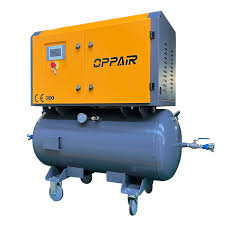
III. Behind Mandatory Regulations: Why GB 6932-2015 Lists It as a "Life-Saving Device"
1. Structural Breakdown
- A rubber diaphragm + micro switch + calibration spring;
- One side of the diaphragm connects to the flue, the other to the atmosphere. When flue negative pressure ≥ the set value, the diaphragm deforms to trigger the switch, and the main board cuts off the gas within 0.8 seconds.
2. Key Thresholds
- National standard GB 6932-2015 requires: water heaters must shut down safely under 80Pa headwind;
- Mainstream brands (Rinnai, Noritz, Vanward) set factory thresholds at 55–60Pa, leaving over 20Pa redundancy to resist force 7 headwinds.
3. Failure Modes
- Diaphragm aging and cracking—measured action value drifts to 120Pa;
- Sampling tube clogged with oil—switch never detects negative pressure;
- Users modify the flue without authorization or add excessive elbows, resulting in equivalent resistance exceeding 150Pa. After frequent false alarms, the switch is short-circuited—equivalent to directly removing the safety valve.
IV. Safety Self-Inspection Guide for High-Rise Residents
The Shenzhen tragedy sounded an alarm for all high-rise residents. In daily use, risks can be checked through the following steps:
1. Check for the Presence of a Pressure Switch: Look for a "wind pressure protection" label on the water heater. Open the bottom panel—if you see a black corrugated pipe connected to the flue and a device with metal contacts, it is equipped with a pressure switch.
2. Function Test: Turn on the water heater to maximum power and block the flue outlet with cardboard (simulating excessive wind pressure). If the water heater automatically shuts down within 10 seconds and displays an error code (usually "E1" or "E2"), the protection function is normal.
3. Regular Maintenance: Have professionals clean the pressure switch diaphragm annually (to prevent oil contamination from affecting sensitivity) and check for loose connections, especially before extreme weather like typhoons or cold waves.
4. Upgrade Protection: Residents on floors above 20 are advised to replace with "dual-sensor pressure switches," which monitor pressure differences inside and outside the flue simultaneously, with a 40% faster response than traditional single-sensor models.
A pressure switch costing only a few dozen yuan safeguards the lives of an entire family. In today's world of increasingly dense high-rise residences, we must not only rely on mandatory regulations but also proactively understand the working principle of this "invisible guardian." Don't regret it when the ambulance arrives—look up at your water heater tonight and ask: "Is my pressure switch working properly today?"


